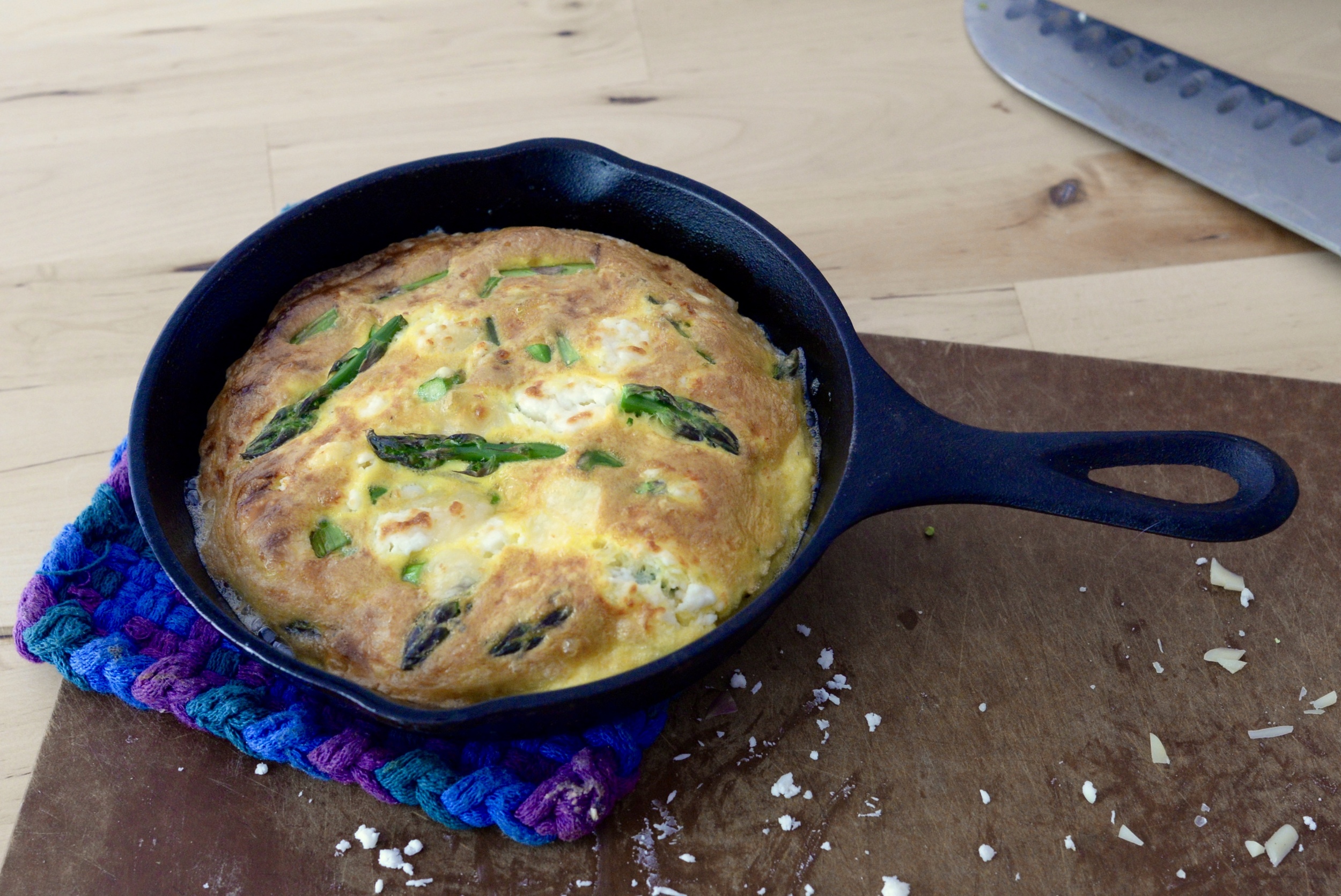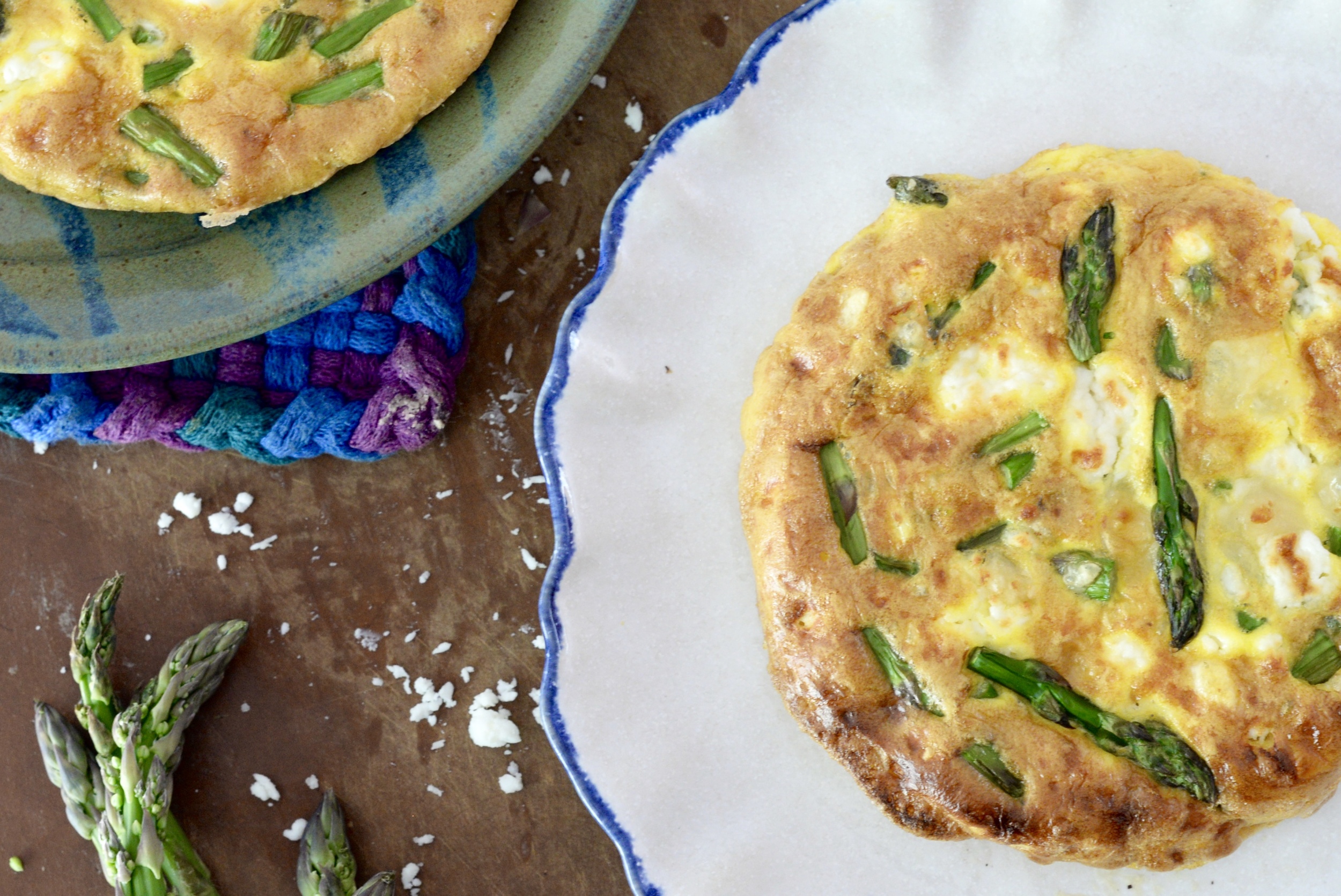I thought that once I started a 9-5 job, my schedule would feel easier. As a student, I woke up, went to class all day, and studied all night when I got home. I was preoccupied with school nearly every waking hour, but I still seemed to find time for making dinner, running errands, and even completing a yoga teacher training (!). I felt like there were more hours in a day then than now. How does that even work?
But I think I’m figuring out what it is. Despite me having more hours of free time, energetically speaking, I am a bit frazzled and a bit less focused. In school, I had one purpose- to study. I had a strict list of to-do’s and became an expert at checking them off. Now, I come home and without a clear agenda, my energy just flows everywhere, making it difficult for me to focus, difficult for me to be efficient. As frustrating as it is to feel myself being inefficient, I’m glad that I’m finally figuring out the source of my squandering-the-hours-away attitude. I’m also not saying that it is important that I be maximizing productivity at all times, but I realize that for me, being productive makes me happy. I relish in the feeling that I’ve done something, created something, and grown just a little bit.
So how does all of this relate to my frittata here? With my evenings feeling a bit truncated because of this scattered energy, I’ve struggled getting a well-composed dinner on the table. Avocado toast, fried eggs, clean-out-the-fridge grain bowls have always been my healthy go-to’s for hectic times, but I also wanted something more composed, a dish that felt more purposeful and intentional. Frittatas have been one of my favorite dishes ever since living abroad in Spain where I ate more than my fair share of tortilla española, a Spanish frittata of sorts. Rich with olive oil-sauteed onions and potatoes, and sometimes even zucchini, they were a daily mid-morning habit when my belly would start to grumble around 11am and lunch wasn’t until 2pm.
The beautiful thing about a frittata is that you can throw almost any vegetable in it (and a little cheese if you’re feeling it) and call it a meal. Because it’s spring, I’ve been using asparagus and local feta, sometimes tossing in a handful of cooked broccoli or sauteed chard. It may seem a little intimidating at first-- my #1 worry was that the whole thing would stick to the skillet. To be honest, I did screw up my first one, but not in the way I anticipated. The top seemed beautifully golden and perfectly done, and the whole thing slipped right out of the pan for me- success!--, but the inside was still jiggly, runny egg began to ooze everywhere, causing me to hastily slide it back into the skillet and under the broiler until it firmed up. After another try, I got the timing right, and now, no more undercooked eggs. I promise, if you give this a go, that’s pretty much the worst thing that can happen to you. If your frittata does end up sticking to the pan- which it shouldn’t with my tips- just eat the darn thing out of the skillet.
Asparagus and Feta Frittata
2 eggs
2 teaspoons extra-virgin olive oil, divided
5 asparagus spears, tough ends removed and chopped in 1-inch lengths
¼ cup grated cheese (I used ½ grated extra-sharp cheddar and ½ crumbled feta)
salt and pepper, to taste
Preheat broiler on high. Place rack 8-10 inches from the broiler. Heat 1 teaspoon olive oil over medium heat in a 6-inch cast iron pan. Add asparagus pieces and a sprinkling of salt and saute for 2 minutes or until asparagus are bright green and tender. Remove asparagus from heat.
Add 1 teaspoon olive oil to same pan and allow to heat over medium-low heat while you prepare the rest of the ingredients. In another bowl, beat eggs with a pinch of salt and sprinkling of pepper. Add all but a few pieces of asparagus and all but 1 tablespoon of cheese. Mix well. When skillet is hot and oil shimmers, swirl oil to coat bottom and sides of pan well. This will ensure your frittata has a nice golden edge and won't stick to the pan.
Pour egg mixture into skillet and gently distribute vegetables evenly. Sprinkle with reserved asparagus pieces and cheese. Allow to cook on stovetop for about 1 minute over medium-low heat. Place skillet under broiler and allow to cook for 4-5 minutes or until puffed and golden on the sides. To check for doneness, press the top of frittata just at the center. It should be firm with a slight give. There will be some carryover cooking after removing from the oven, so keep that in mind. If it gives too much, leave under broiler for another minute. Sometimes, I poke a few holes in the center with a fork and tilt the pan, letting the runny egg ooze out to the top so that it cooks faster.
To remove from skillet, place a plate or cutting board on top of pan. Invert skillet and cutting board. Frittata will release from the pan upside down, so gently flip right side up to serve. If you find the eggs are not quite ready after flipping, just slide the frittata back into the skillet and return to the oven until done. You'll get better with the timing each go-around. Allow the frittata to rest a few minutes before cutting into to allow it to settle. Enjoy! Serves 1.


